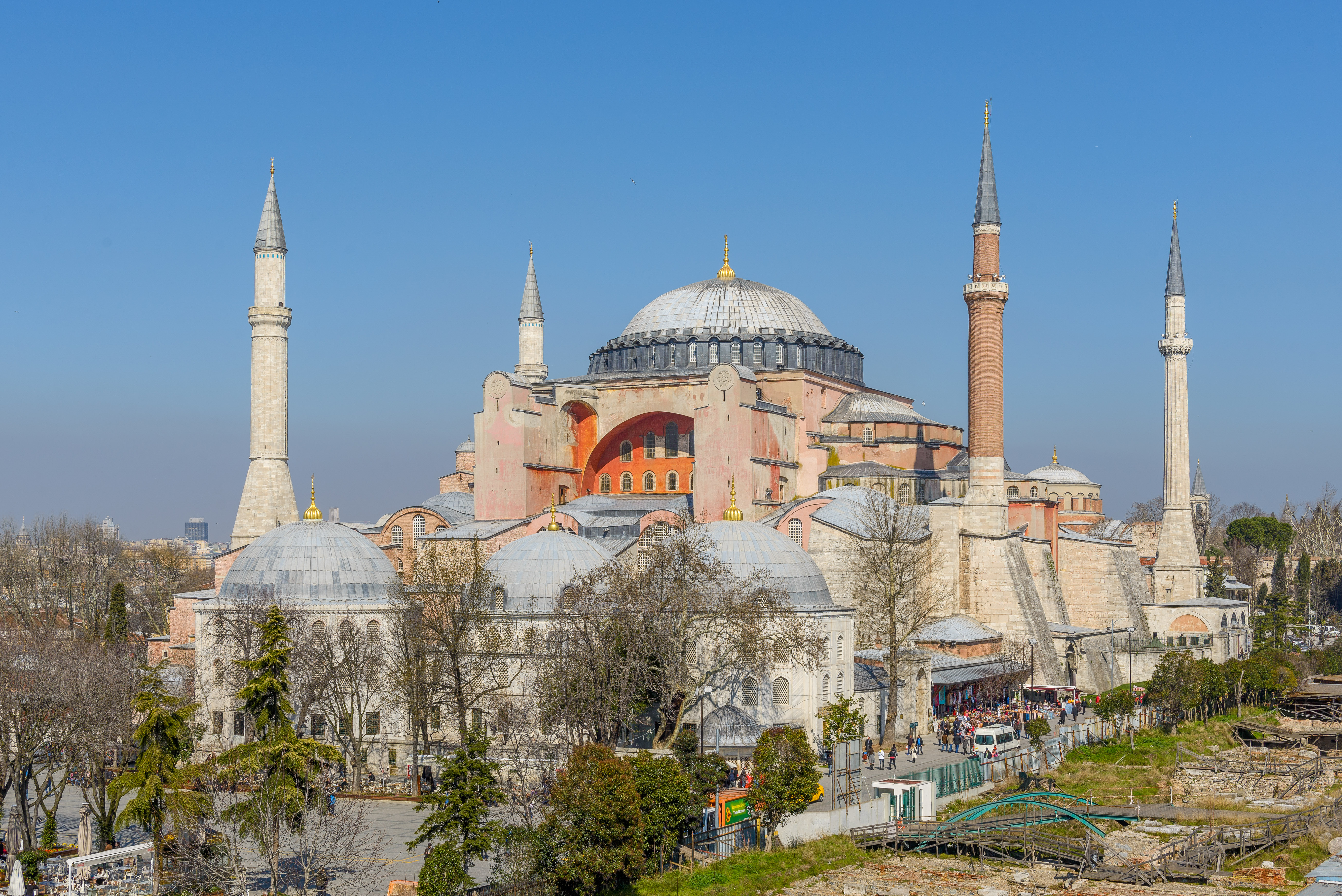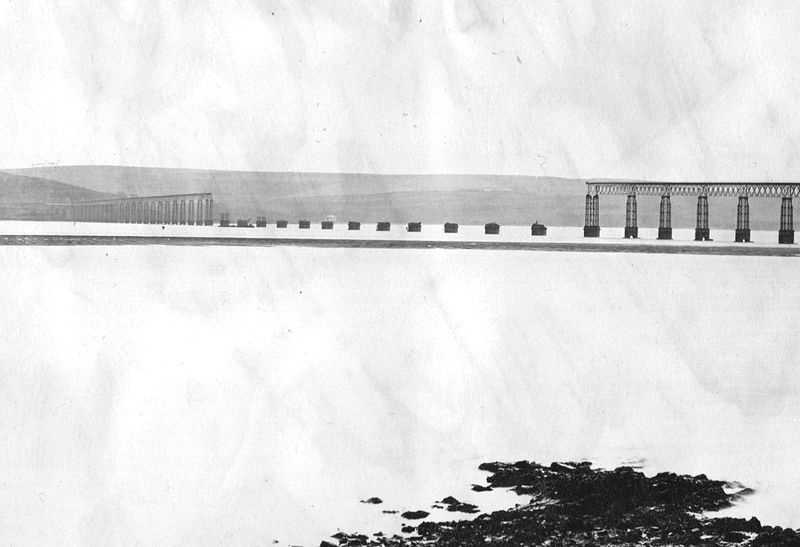Merry Christmas goatboy, hope things improve health wise in the new year, have a good one, suppose you'll see bob "vish hym vell too"
same goes for all
ribek
huon
clk
misquite
Jofna
edit.
Oh yeah, thanks goat boy
same goes for all
ribek
huon
clk
misquite
Jofna
edit.
Oh yeah, thanks goat boy
Last edited:







